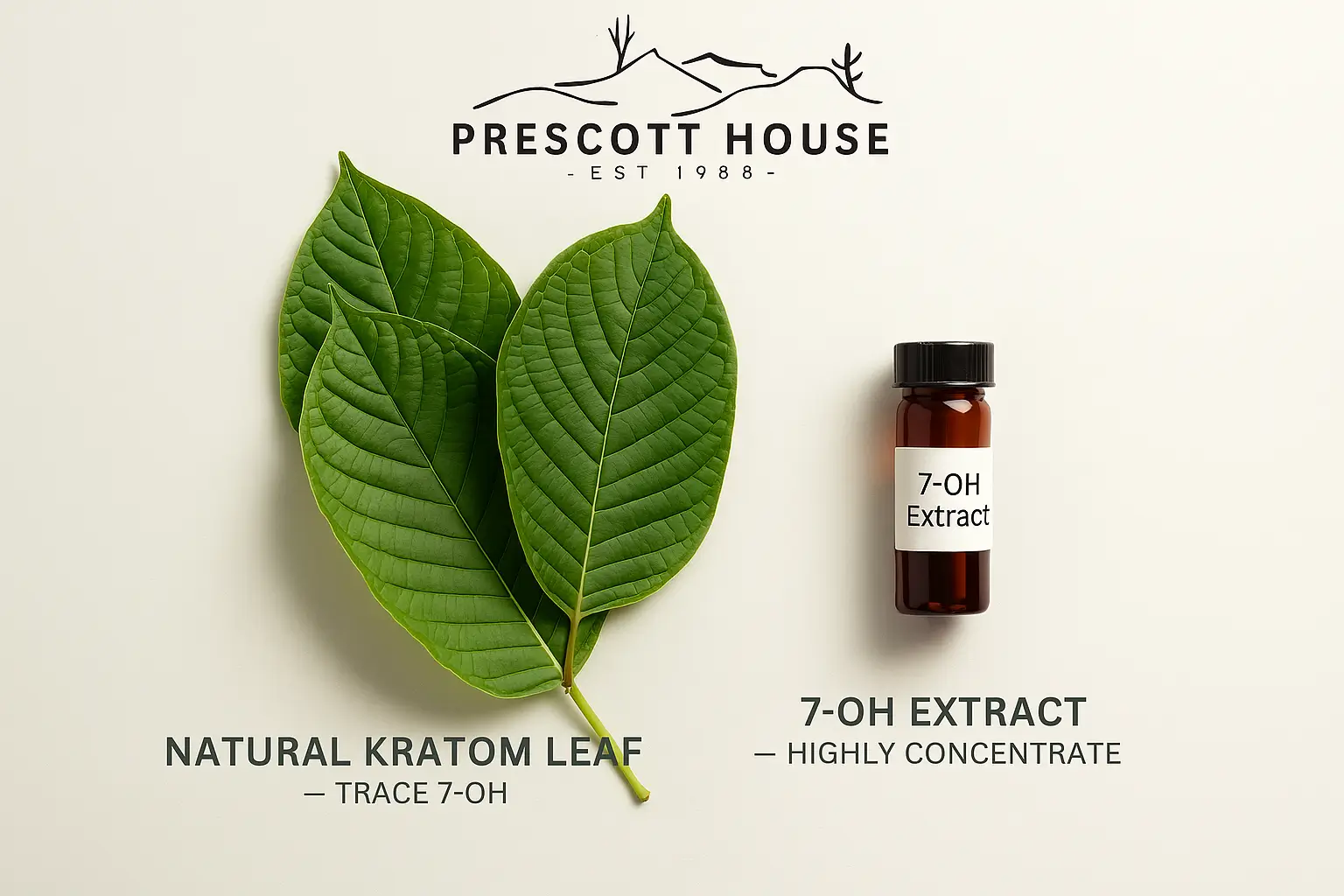Alcohol on Native Reservations
Alcohol consumption and its regulation on Native American reservations are important topics that warrant discussion. In this section, we will explore the current regulations surrounding alcohol on these reservations and the impact it has on the communities.
Current Regulations
The regulations regarding alcohol on Native American reservations vary depending on the specific tribe and reservation. Each tribe has the authority to establish its own laws and regulations regarding alcohol sales, possession, and consumption within its jurisdiction.

Some tribes have chosen to ban alcohol completely on their reservations, while others have implemented strict regulations and licensing processes for alcohol sales. These regulations aim to address the unique cultural, social, and health considerations of the tribal community.
Impact on Communities
The impact of alcohol on Native American communities is complex and multifaceted. Excessive alcohol consumption can lead to a range of social, health, and economic issues within these communities. Some of the common challenges include:
- Health Issues: Alcohol abuse can contribute to various health problems, including liver disease, cardiovascular issues, and mental health disorders. Native American communities often face higher rates of alcohol-related health problems compared to the general population.
- Social Disruption: Alcohol abuse can disrupt social relationships, leading to interpersonal conflicts, domestic violence, and other negative social consequences. These issues can strain community cohesion and overall well-being.
- Economic Burden: Alcohol-related problems can place a significant economic burden on Native American communities. The costs associated with treating alcohol-related health issues, addressing social problems, and providing support services can strain limited resources.
It's important to recognize that not all members of Native American communities struggle with alcohol abuse. However, addressing the challenges associated with alcohol use and providing support for those affected by alcohol-related issues is crucial for the overall well-being of these communities.
Understanding the current regulations and the impact of alcohol on Native American reservations sets the stage for further discussions on potential solutions, such as the proposal to legalize alcohol as a means to fund treatment and prevention programs. By examining the existing context, stakeholders can work towards finding comprehensive approaches to address the complex issues surrounding alcohol consumption in Native American communities.
Legalizing Alcohol
The proposal to legalize alcohol on Native American reservations aims to address the challenges associated with alcohol consumption in these communities. This section provides an overview of the proposal and explores how the revenue generated from the legalization can be utilized to fund treatment and prevention programs.
Proposal Overview
The proposal to legalize alcohol on Native American reservations involves a reconsideration of the current regulations that restrict or prohibit the sale and consumption of alcohol within these communities. By legalizing alcohol, it is believed that the reservations can exercise greater control over the distribution and sale of alcoholic beverages, leading to potential benefits such as increased revenue, economic growth, and improved access to treatment and prevention programs.
The legalization of alcohol on Native American reservations would require a comprehensive plan that addresses various aspects, including licensing, regulatory frameworks, and enforcement mechanisms. These plans would need to consider the unique cultural and social dynamics of the communities involved, as well as the potential impacts on public health and safety.
Funding Treatment
One of the primary motivations behind legalizing alcohol on Native American reservations is to generate revenue that can be allocated towards funding treatment and prevention programs for alcohol-related issues. The revenue generated from the taxation and sale of alcohol could be directed towards these essential initiatives, aiming to address the challenges faced by individuals and communities affected by alcohol abuse.
By using the revenue to fund treatment programs, Native American reservations can improve access to quality care, counseling, and rehabilitation services. These programs can provide support for individuals struggling with alcohol addiction and help them on their path to recovery. Additionally, prevention programs can be implemented to raise awareness, educate community members, and promote healthier behaviors regarding alcohol consumption.
Investing in treatment and prevention programs is crucial for addressing the underlying issues associated with alcohol abuse and its impact on Native American communities. By utilizing the revenue from the legalization of alcohol, these programs can be strengthened, enabling Native American reservations to provide the necessary support systems to individuals and families affected by alcohol-related problems.
While the proposal to legalize alcohol on Native American reservations offers potential benefits, it is important to consider the associated challenges and considerations, including regulatory hurdles and cultural sensitivity. These aspects will be explored in the subsequent sections to provide a comprehensive understanding of the topic.
Prevention Programs
Prevention programs play a crucial role in addressing the challenges associated with alcohol consumption on Native American reservations. By focusing on prevention, communities can work towards reducing the harmful effects of alcohol and promoting healthier lifestyles. This section will explore the importance of prevention and strategies for implementing effective programs.
Importance of Prevention
Prevention programs are essential in Native American communities to address the negative consequences of alcohol abuse. These programs aim to educate individuals about the risks associated with excessive drinking and provide them with the necessary tools and resources to make informed decisions. By targeting both youth and adults, prevention programs can help change attitudes and behaviors surrounding alcohol consumption.
Prevention programs also aim to reduce the prevalence of alcohol-related problems such as addiction, health issues, domestic violence, and crime. By addressing these issues proactively, communities can foster safer and healthier environments for their residents.
Implementing Strategies
Implementing effective prevention strategies requires a comprehensive approach that involves collaboration between community members, organizations, and government entities. Here are some strategies that can be utilized:
- Education and Awareness: Increasing awareness about the risks and consequences of alcohol abuse is crucial. Educational campaigns, workshops, and community events can help disseminate information and promote healthy decision-making.
- Youth Engagement: Engaging youth in prevention efforts is vital for creating sustainable change. Youth-led initiatives, mentorship programs, and extracurricular activities can empower young individuals to make positive choices and become leaders in their communities.
- Community Support: Building strong community support networks is essential. Establishing support groups, counseling services, and treatment centers can provide individuals struggling with alcohol-related issues the help they need.
- Policy Development: Developing and enforcing policies that regulate the availability and sale of alcohol can be an effective prevention measure. These policies can include restrictions on advertising, limiting hours of sale, and implementing responsible beverage service practices.
- Cultural Preservation: Integrating cultural practices and traditions into prevention programs can be highly beneficial. By highlighting the importance of cultural identity and heritage, individuals are more likely to develop a sense of pride and connection, which can deter alcohol abuse.
- Collaboration: Collaboration between different stakeholders, such as tribal leaders, healthcare professionals, law enforcement, and community organizations, is crucial for the success of prevention programs. By working together, these groups can pool resources, expertise, and support to address alcohol-related issues comprehensively.
Implementing prevention programs requires ongoing evaluation and adaptation to ensure their effectiveness. Monitoring the outcomes of these programs through data collection and analysis is essential for identifying areas of improvement and making informed decisions for future initiatives.
By prioritizing prevention efforts, Native American communities can create a supportive and healthy environment that addresses the root causes of alcohol abuse and promotes overall well-being.
Community Support
To effectively address the issue of alcohol abuse on Native American reservations and implement successful treatment and prevention programs, community support is crucial. This section explores the importance of stakeholder involvement and public opinion in garnering support for these initiatives.
Stakeholder Involvement
Stakeholders play a vital role in shaping and supporting policies related to alcohol treatment and prevention on Native American reservations. These stakeholders can include tribal leaders, community organizations, healthcare providers, law enforcement agencies, and advocacy groups. By involving these key stakeholders, a comprehensive approach can be developed to address the complex challenges associated with alcohol abuse.
Stakeholders can contribute their unique perspectives, expertise, and resources to create effective treatment and prevention programs. They can collaborate on developing strategies, allocating funding, and implementing culturally sensitive initiatives that cater to the specific needs of the Native American communities.
It is essential to engage stakeholders from the planning stage to the implementation and evaluation of programs. This involvement fosters a sense of ownership and ensures the initiatives are aligned with the community's values and goals. By working together, stakeholders can create a supportive environment for individuals struggling with alcohol abuse and promote long-term recovery.
Public Opinion
Public opinion plays a significant role in shaping the discourse around legalizing alcohol on Native American reservations to fund treatment and prevention efforts. It is essential to gauge public sentiment and consider the perspectives of community members to ensure that decisions align with the majority's interests.
Conducting surveys, holding public forums, and gathering feedback from community members help in understanding their concerns, needs, and preferences. By involving the public in the decision-making process, it fosters transparency and builds trust within the community.
Public opinion can influence policy decisions and garner support for initiatives aimed at addressing alcohol abuse. It is important for policymakers and community leaders to communicate the potential benefits of legalizing alcohol as a means to fund treatment and prevention programs. Educating the public about the positive impact these initiatives can have on individuals, families, and the community as a whole can help shape a favorable opinion.
By actively engaging stakeholders and considering public opinion, the community can come together to support efforts aimed at addressing alcohol abuse on Native American reservations. This collaborative approach ensures that treatment and prevention programs are responsive to the unique needs of the community, leading to more effective outcomes.
Challenges and Considerations
When it comes to legalizing alcohol on Native American reservations to fund treatment and prevention programs, there are several challenges and considerations that must be taken into account. These include regulatory hurdles and the need for cultural sensitivity.
Regulatory Hurdles
One of the main challenges in legalizing alcohol on Native American reservations is navigating through the complex web of regulations. Native American reservations are subject to a unique legal framework that involves tribal, federal, and state jurisdictions. Each jurisdiction may have its own laws and regulations regarding the sale, distribution, and consumption of alcohol.
Before any changes can be made, it is crucial to carefully review and address the existing regulations to ensure compliance and avoid any legal complications. This may involve engaging with tribal authorities, federal agencies, and state governments to understand the existing regulations and potential barriers to legalization.
Cultural Sensitivity
Cultural sensitivity is of utmost importance when considering the legalization of alcohol on Native American reservations. Native American communities have a deep-rooted cultural heritage and traditions that must be respected and taken into account.
Alcohol abuse has had a devastating impact on many Native American communities, leading to social, health, and economic problems. It is essential to approach the issue with cultural sensitivity and involve the tribal community in decision-making processes. This includes engaging with tribal leaders, elders, and community members to understand their perspectives, concerns, and aspirations.
To ensure cultural sensitivity, comprehensive education and awareness programs should be implemented. These programs can help raise awareness about the potential benefits and risks associated with legalizing alcohol, as well as provide information on responsible drinking and the importance of treatment and prevention programs.
By addressing regulatory hurdles and incorporating cultural sensitivity into the decision-making process, it is possible to navigate the challenges associated with legalizing alcohol on Native American reservations. This can help pave the way for the implementation of effective treatment and prevention programs, ultimately benefiting the communities in need.
Future Outlook
As discussions surrounding the legalization of alcohol on Native American reservations to fund treatment and prevention continue, it is important to consider the potential long-term effects and benefits that such a move may bring.
Long-Term Effects
The long-term effects of legalizing alcohol on Native American reservations can be multifaceted. It is crucial to carefully evaluate and monitor these effects to ensure the well-being and safety of the communities involved.
One potential long-term effect is the potential for increased alcohol-related issues and challenges. With the availability of alcohol, there may be an uptick in cases of alcohol abuse, addiction, and related health and social problems. This could place a strain on existing treatment and prevention resources, necessitating an increased focus on providing comprehensive support and services.
On the other hand, legalizing alcohol may also lead to economic benefits for Native American reservations. By generating revenue from alcohol sales, communities could potentially fund treatment programs, prevention initiatives, and other essential services. The additional financial resources could bolster the efforts to address alcohol-related issues and provide necessary support to those in need.
Potential Benefits
Legalizing alcohol on Native American reservations with the purpose of funding treatment and prevention programs holds the potential for several benefits. These benefits can have a significant impact on the well-being of the communities involved.
- Increased Access to Treatment: With additional funding, treatment programs for alcohol abuse and addiction can be expanded, allowing more individuals to receive the help they need. This could lead to improved recovery rates and a reduction in alcohol-related problems within the communities.
- Enhanced Prevention Efforts: The availability of resources can enable the implementation of comprehensive prevention programs. These programs can focus on education, awareness, early intervention, and community outreach, targeting both individuals at risk and the broader population.
- Improved Infrastructure: The revenue generated from alcohol sales can be utilized to enhance the overall infrastructure of Native American reservations. This can include the development of healthcare facilities, rehabilitation centers, counseling services, and other essential resources.
- Job Creation: Legalizing alcohol could potentially create job opportunities within the communities. This can lead to economic stability and improved living conditions for residents, contributing to the overall well-being of the population.
It is important to note that the potential benefits should be evaluated alongside any potential risks and challenges. Proper regulation, cultural sensitivity, and ongoing community involvement and support are crucial to ensure that the long-term effects are positive and aligned with the goals of promoting health, well-being, and self-determination within Native American reservations.













